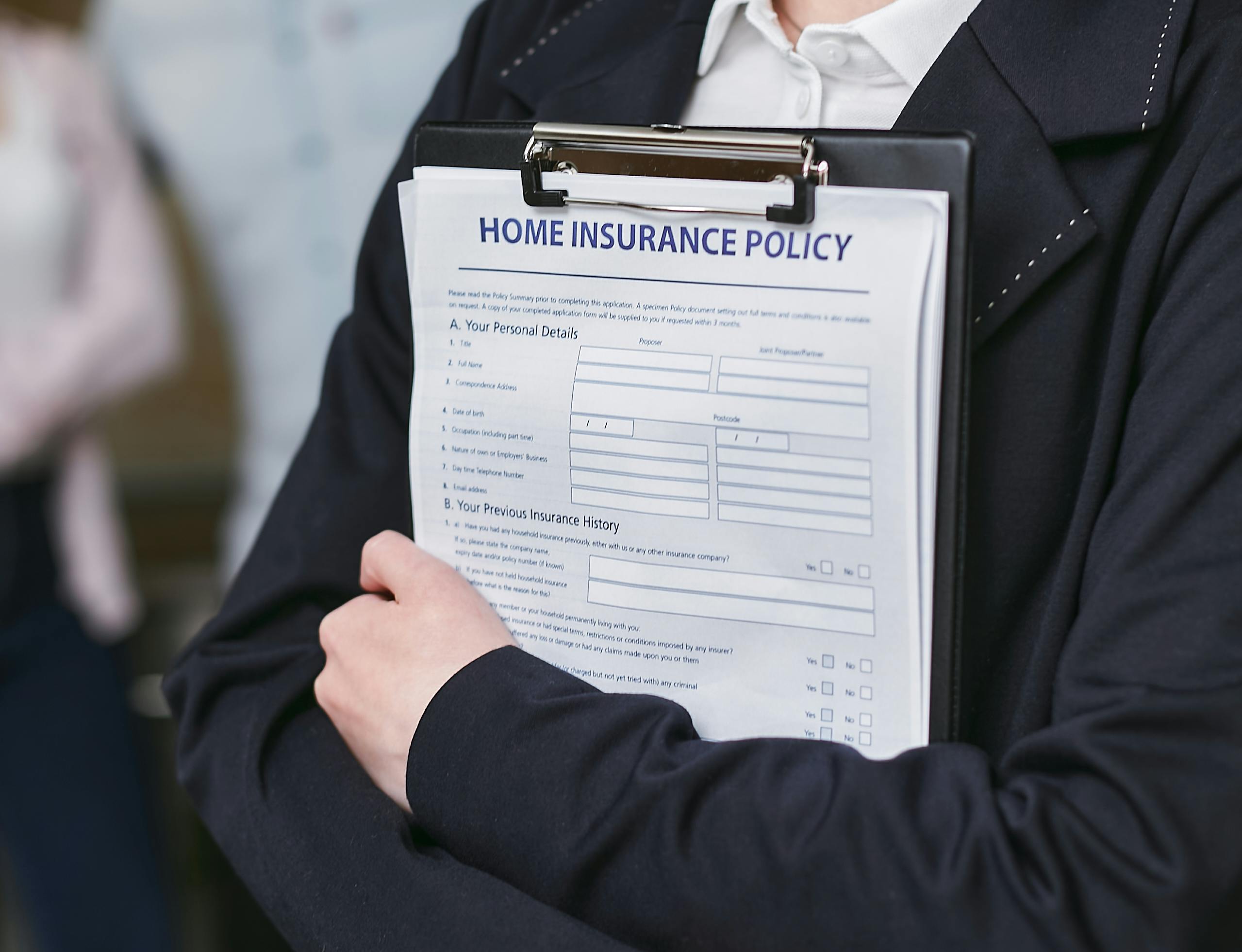Introduction
Getting into a car accident is like finding a spider in your car—it’s sudden, stressful, and makes your heart race. But knowing what to do (and what to avoid) can make all the difference in protecting your insurance claim. Let’s walk through the steps to handle an accident like a pro.
Step 1: Stay Calm and Assess the Situation
First things first—take a deep breath.
What to Do:
- Check yourself and passengers for injuries.
- If it’s safe, move vehicles to the side of the road to avoid blocking traffic.
- Turn on your hazard lights.
What NOT to Do:
- Don’t flee the scene. This can turn a minor incident into a legal nightmare.
Step 2: Call the Authorities
In many cases, you’ll need a police report for your insurance claim.
What to Do:
- Call 911 if there are injuries or significant damage.
- For minor fender benders, call the non-emergency police line if available.
Pro Tip:
Some states require you to file an accident report even if the police don’t come to the scene.
Step 3: Exchange Information
Swap details with the other driver(s).
What to Collect:
- Name, address, and contact info.
- Insurance company and policy number.
- Driver’s license and license plate numbers.
What NOT to Do:
- Don’t admit fault, even if you think you’re to blame. Let the insurers sort it out.
Step 4: Document Everything
A picture is worth a thousand words—and maybe a few thousand dollars on your claim.
What to Do:
- Take photos of:
- Vehicle damage.
- License plates.
- The accident scene (skid marks, traffic signs, weather conditions).
- Write down what happened while it’s fresh in your mind.
Bonus Tip:
If there are witnesses, get their contact information.
Step 5: Notify Your Insurance Company
Don’t delay—most insurers require prompt reporting.
What to Do:
- Call your insurer or use their mobile app to start the claims process.
- Provide them with the details and documentation you’ve gathered.
What NOT to Do:
- Don’t embellish or leave out details. Stick to the facts.
Step 6: Get a Damage Assessment
Your insurer will guide you on getting your car inspected.
What to Expect:
- An adjuster may inspect the damage in person or ask for photos.
- You’ll receive a repair estimate and, if approved, a payout.
What NOT to Do:
- Don’t agree to repairs before getting insurer approval—it could leave you footing the bill.
Step 7: Keep Records
Paperwork isn’t fun, but it’s important.
What to Save:
- Copies of the police report.
- Receipts for repairs.
- Correspondence with your insurer.
Why It Matters:
In case of disputes, having a paper trail can save you from headaches.
Common Mistakes to Avoid
- Skipping the Police Report: Even minor accidents benefit from an official record.
- Ignoring Your Policy’s Deadlines: Some claims can be denied for late reporting.
- Forgetting to Review Your Policy: Know your deductible and coverage limits before accidents happen.
Conclusion
Car accidents are stressful, but knowing what to do can help you protect your insurance claim and get back on the road faster. Stay calm, be thorough, and let your insurance do the heavy lifting. Remember: it’s not just about fixing your car—it’s about protecting yourself financially.




Leave a Reply